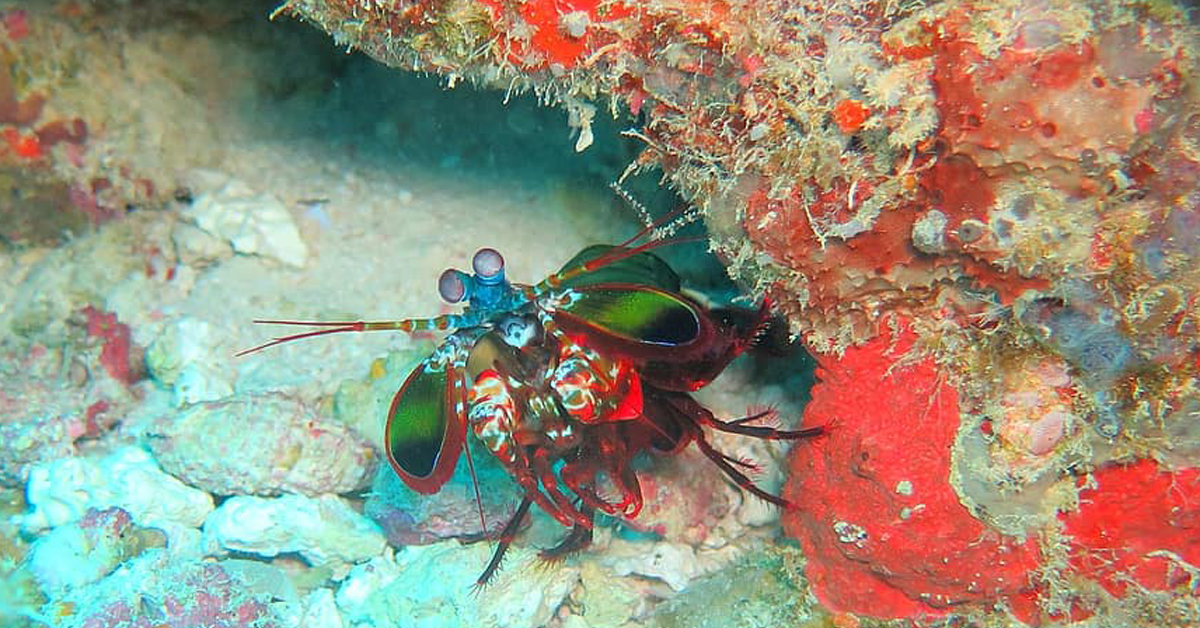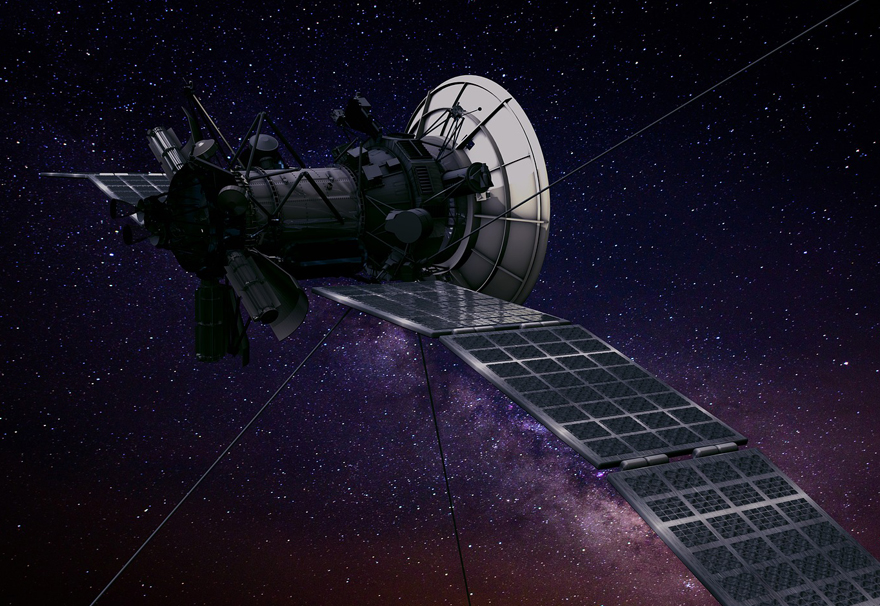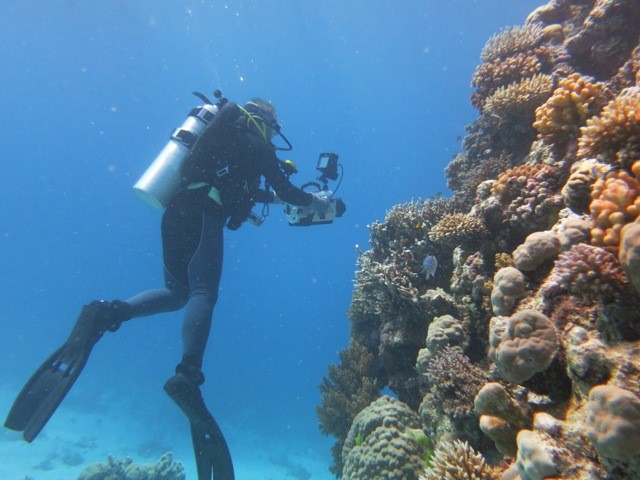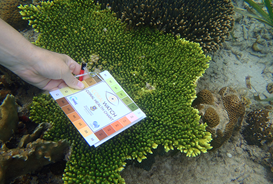All eyes on the reef
Have you ever wondered how different animals see and experience the world?
Marine neuroscientist and new Fellow of the Australian Academy of Science Professor Justin Marshall is fascinated with this concept, and it has led him to study how vision works in a whole range of marine (and some terrestrial) species.
His research, such as studying the vision of mantis shrimps, has led to innovative applications beyond biology—from developing technologies like satellites and camera sensors to different ways to detect cancers.
“As a scientist, I'm very much in love with what I do,” Marshall says. “I absolutely love trying to understand nature and this includes mantis shrimps and their visual system. I think they're fascinating animals. They have a colour vision system which is four times more complex than ours.”

The quirks of mantis shrimp vision
The mantis shrimp is a small marine crustacean known for the aggressive and lightning-fast ways they capture prey. Humans can process three channels of colour (red, green and blue), while mantis shrimps perceive the world through 12 channels of colour, and can detect UV (ultra violet) and polarised light, aspects of light humans can’t access with the naked eye.
The mantis shrimp’s visual system is unique in the animal kingdom. Mantis shrimps, scientifically known as stomatopods, have compound eyes, a bit like a bee or a fly, made up of 10,000 small photoreceptive units. Some of these photoreceptors are arranged in a strip-like arrangement across their eyes so in fact they see their world by scanning this strip across their subject, a bit like a bar-code reader in a shop.
So, rather than relying on heavy brain processing to compare colours and determine what they are (as most vertebrate visual systems do), the photoreceptors interpret information straight away.
Studying how animals like mantis shrimps see the world has led to a variety of practical applications now being developed in different laboratories around the world for human technologies and medicine. In common with mantis shrimp eyes, satellites use multiple spectral channels arranged in a strip to scan the world as they zoom over it before sending the information down to Earth.
Due to these similarities, insights based on understanding the colour receptors in a mantis shrimp’s eye can be used to inform designs for even better satellites and other visualisation processing that scans objects of interest, rather than taking a two-dimensional image as our eyes and normal cameras do.

Additionally, a large portion of photoreceptors in the mantis shrimp’s eye are used for visualising the UV and polarisation information in objects and scenes underwater. The polarisation element of mantis shrimp vision has inspired cancer detection methods that utilise this form of light in early detection of a variety of cancers invisible to the human eye.
Talk to the animals
So how does Marshall and his team learn how other creatures see? “Surprisingly, you can determine what other animals are thinking and seeing by ‘talking’ to them. So I talk to shrimps and I talk to octopuses and I talk to fish, but you've got to do it in ways that they understand how to answer.”
By this, he means behavioural experiments where you train the fish, octopus, shrimp, bird or other animal to do something that’s easy to observe, like jump through a coloured hoop and peck (or hit) a specific coloured object for a food reward.
“If they jump through the red hoop, they get food. If they jump through the blue hoop, they don't get any food. And they very rapidly learn that the red hoop is the right one to jump through.”
From these experiments you can discover which colours or wavelengths of light are seen by various species as well as the direction of polarisation.

Caring for marine habitat
Marshall also researches the diverse colours of the reef in which these animals live: how they use colour for camouflage, advertisement and to find food.
“I've been working on the Great Barrier Reef for 30 years, trying to understand how the animals that live there see their world and experience their world and what they're thinking as they go about their daily life,” he says.
Marshall started a citizen science project called Coral Watch 18 years ago to help non-scientists understand the impacts of climate change on the Great Barrier Reef and other reef systems around the world. Citizen science brings in passionate individuals who are able to help capture or analyse relatively simple information for science, in this case just match the colour of a coral to a colour chart—like a paint palette.
Marshall explains that “this is a two-way relationship”, so the scientists gain assistance in their study, but of more importance now, the community can understand the science behind climate change and also what to do about it.
“Citizen science is tremendously important … It encourages people to get out and look at the forest, look at the birds, look at the reef and understand that they are a part of nature,” he says.

Coral Watch also includes classroom resources and tools to help people understand the problems caused by climate change and how it affects the Great Barrier Reef.
“In the last few years, with the massive widespread bleaching events, we have seen large chunks of the reef being [destroyed]. Although there are many wonderful parts of the reef left, we probably have around 30 per cent of the coral cover left on the GBR, compared to 30 years ago.”
“So we need to realise that climate change is here. It's changing the world in which we live. It's burning the world above. It's burning the forest. It's also burning the reef. It's personally a very sad thing for me to reflect on,” Marshall says.
“And I think as scientists, we need to work harder to communicate to the public exactly what's happening and help them understand that their children will not have a reef to visit unless we do more.”






